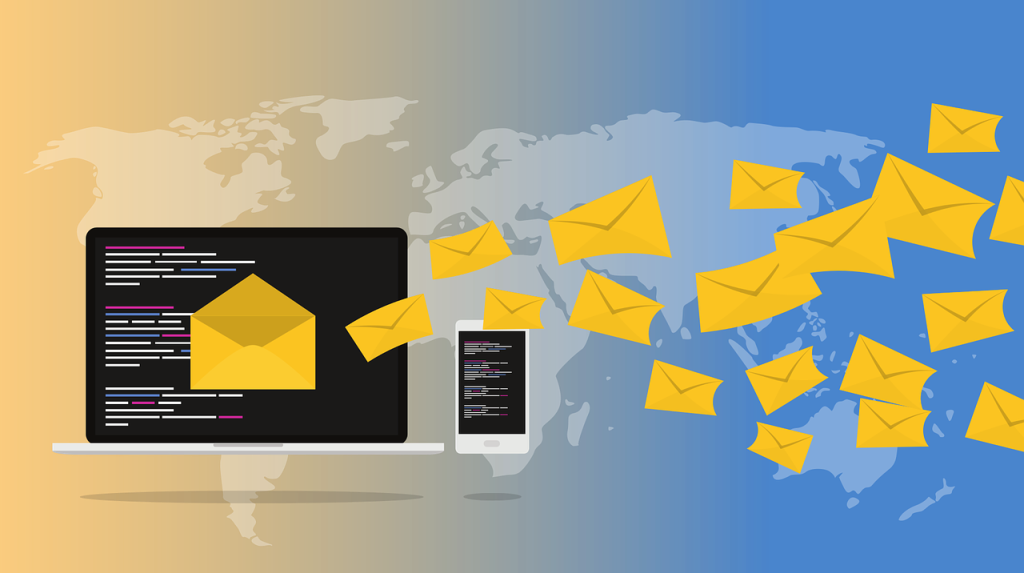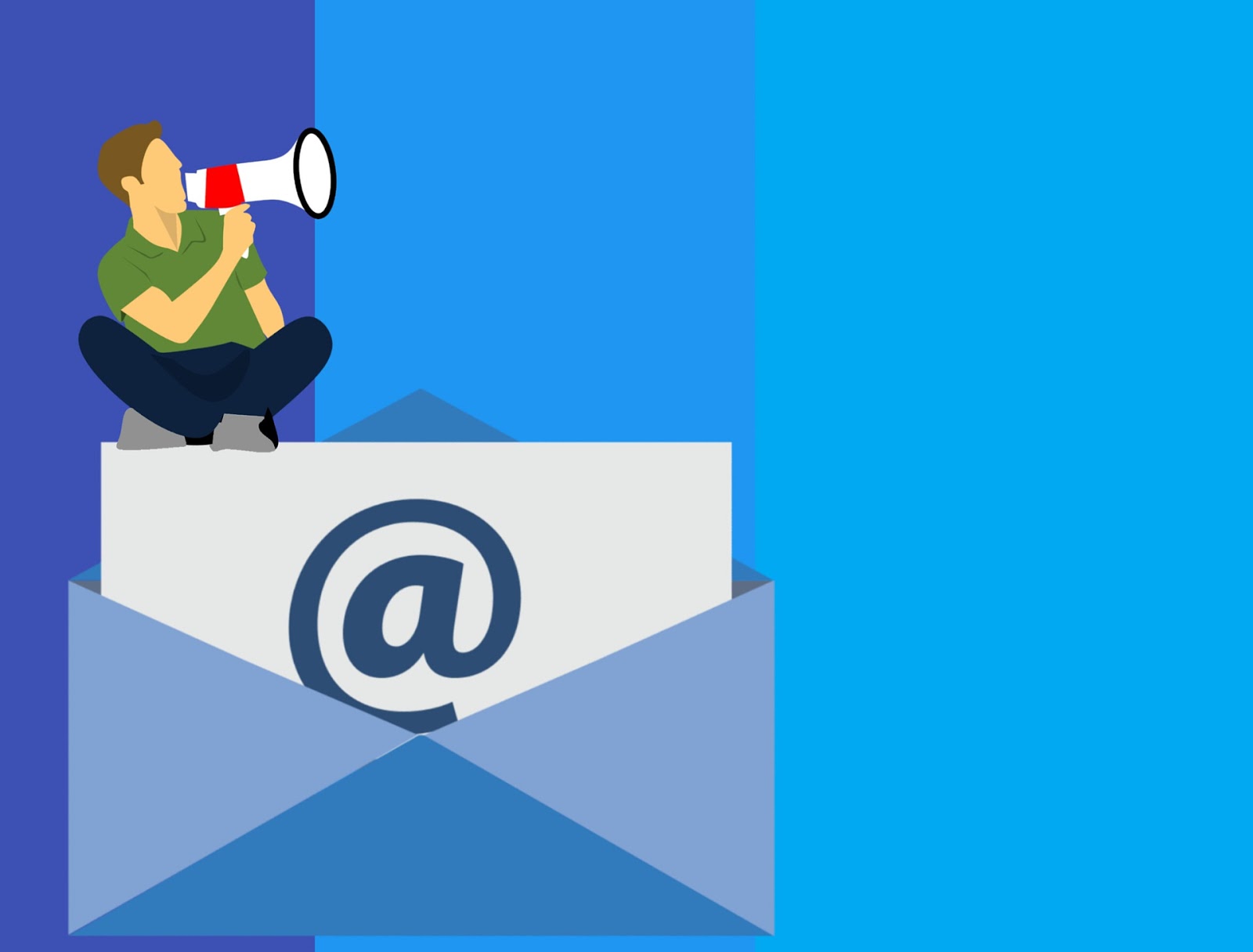4 Email Marketing Mistakes To Avoid
Among all the channels that are available for B2B content marketing, email is probably the most underrated. Many businesses fail to understand the impact a well-executed email marketing strategy can have on lead generation, sales, and profits. If you’re reading this article, chances are you’re not one of them.
However, if you’re reading this, it is also likely that you’ve been implementing email marketing with little success. You realize you’re doing something wrong and want to fix it. There are a few common mistakes that businesses and even newbie content marketers make in email marketing, leading to subpar results. Following are four such mistakes:
Not offering value
If there were ever a Bible on B2B content marketing, this would be the biggest sin in the book. It would also be the one committed the most by people. Most businesses’ idea of email marketing is bombarding their mailing lists with one sales pitch after another. While this may work for very few and specific markets (mostly B2C), it is a big no-no in B2B content marketing.
Email marketing is all about building trust, credibility, and affinity among your readers. To do so, you’ll have to deliver content that provides value to your target audience. This could be in the form of useful information, your unique insights, or entertainment. Anything that makes the reader learn, think, or at the very least laugh (which is harder than you think), can be considered valuable. And if you can do all three at the same time, well, you’ll have a happy and engaged mailing list that trusts you, likes you, and more importantly — is ready to buy from you.
However, it is not to say that sales-y emails are entirely unnecessary. If used at the right stage in the sales funnel, a hard-hitting sales email can nudge a lead into becoming a customer.
Not segmenting your mailing list
Just like in any other form of marketing, personalization is key for email as well. However, it is understandable that you cannot craft a unique email message for each of the hundreds or thousands of readers you have. What you can do is segment your audience into different groups and send different messages to each of these groups. How you split them is up to you, based on your industry and business objectives. Segmenting your mailing list can enable you to send messages that are highly relevant to your readers.
For instance, if you sell and write about ERP software and your audience consists of both business leaders and technology experts, you wouldn’t want to send them both the same kind of content. A business leader may not want to know all the nitty-gritty about ERP and would only need to know the business value of using them. An expert, on the other hand, would understand all the nuances associated with ERP and would expect more technical and in-depth content. You can craft different messages for these people and ensure that they receive content that is more to their liking. That way, you’ll be able to satisfy a major chunk of your subscribers.
Not being consistent
Many businesses think that an occasional email or two followed by long periods of silence is enough to do what is considered as email marketing. They don’t realize the importance of consistency. You need to send value-packed emails to your mailing list on a scheduled, consistent basis so that you remain top-of-mind. That way, when they do need a product you’re selling, yours will be the first company they’ll recall. Otherwise, your occasional email will be lost within the pile of other messages that line your audience’s inboxes every day, just as the memory of your brand sinks into the depths of their memory, never to surface again.
Now we know it is unreasonable to expect you to wake up every morning and cook up an engaging and informative email newsletter before attending to your business. That’s why it is essential to have a content calendar ready, just like leading B2B content marketing agencies do. You should also create a stock of email newsletters written much in advance to be sent out according to the calendar. That way, you’ll never run out of content and will be able to maintain consistency in your email marketing.

Image source: pixabay
Not humanizing your emails
Most emails that are sent to mailing lists are sent from addresses like info@yourcompanyname.com or sales@yourcompanyname.com. Such addresses tell readers that the emails are sent by your company. And that may be your objective behind using such addresses. However, it is important to understand that people don’t like to read messages from companies. They like to read messages from other people like them.
When you send emails from addresses that start with words like “info”, “sales”, or even your company name, people are highly likely to ignore it, delete it, or flag it as spam. On the other hand, if you send an email beginning with a normal name, your messages will be more likely to be opened and read. Adding your picture to the account also helps in making your marketing messages look more human. Additionally, you can try other ways to humanize your email marketing to get a greater open rate.
Now, having read all this, you are left with two options. You can either:
- avoid these mistakes and adopt helpful practices for writing good email newsletters, or
- realize that doing all this is too much effort, you have a business to run, and this is better left to an agency that specializes in B2B content marketing.
So, what are you going to do?

